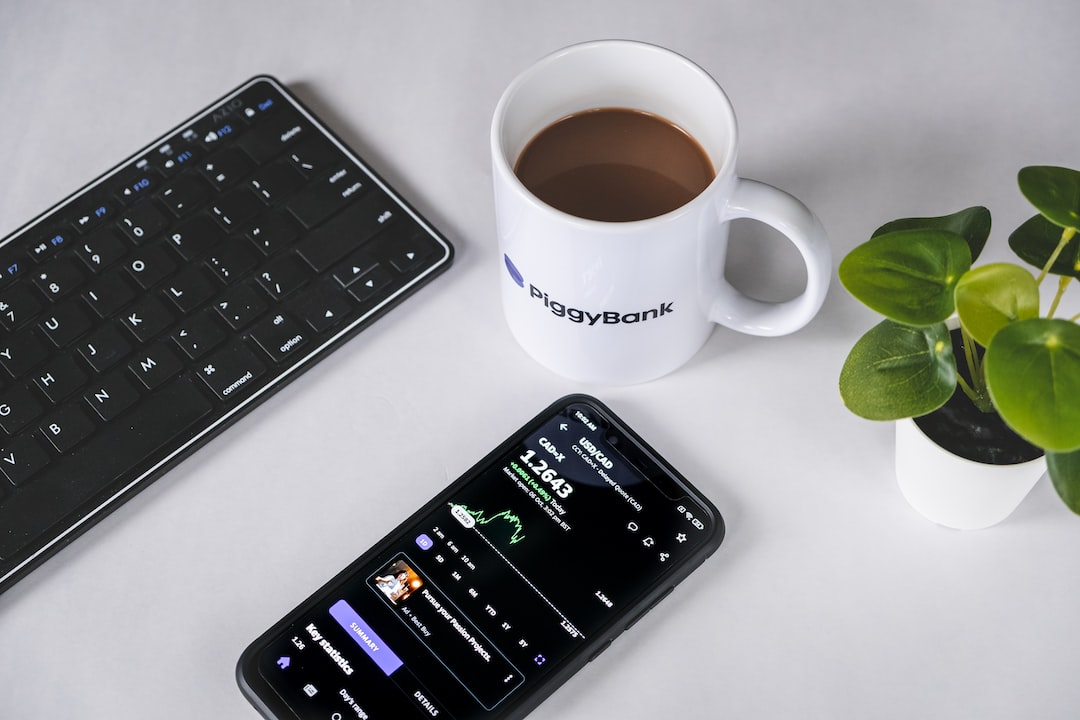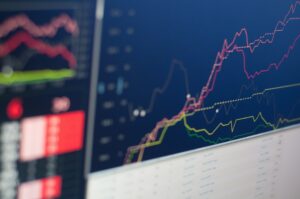Maximizing Profits with Leverage: A Forex Trading Example
Forex trading offers an incredible opportunity for investors to profit from the fluctuations in currency prices. With a daily trading volume of over $6 trillion, it is the largest and most liquid financial market in the world. One of the key factors that makes forex trading so attractive is the ability to trade with leverage.
Leverage is a powerful tool that allows traders to control larger positions in the market with a smaller amount of capital. For example, with a leverage ratio of 1:100, a trader can control a position worth $100,000 with just $1,000 of their own capital. This amplifies both potential profits and losses, making it essential for traders to understand how to use leverage effectively to maximize profits and manage risks.
To illustrate the concept of maximizing profits with leverage, let’s consider a forex trading example. Suppose a trader believes that the USD/JPY currency pair is going to increase in value due to positive economic data in the United States. The current exchange rate is 110.00, and the trader decides to open a long position with a leverage ratio of 1:100.
With a leverage ratio of 1:100, the trader only needs to invest 1% of the total position value. In this case, the trader would need $1,100 to control a position worth $110,000. This allows the trader to profit from the price movements of the entire position while only risking a fraction of the total value.
Now, let’s assume that the trader’s prediction was correct, and the USD/JPY exchange rate increases to 112.00. The trader decides to close the position and take their profits. The difference between the opening and closing exchange rates is 2.00, which translates to a profit of 200 pips.
In forex trading, a pip refers to the smallest unit of price movement. For currency pairs involving the Japanese yen, a pip is typically equal to 0.01. Therefore, the trader’s profit in this example would be 200 pips multiplied by 0.01, which equals 2.00 yen per unit of currency.
To convert the profit into US dollars, the trader needs to divide the profit in yen by the current exchange rate. In this case, the profit would be 2.00 yen divided by 112.00, which equals approximately $0.018 per unit of currency. Since the trader controlled a position worth $110,000, the total profit would be $0.018 multiplied by 110,000, which equals $1,980.
With a leverage ratio of 1:100, the trader only invested $1,100 of their own capital. Therefore, the return on investment (ROI) would be $1,980 divided by $1,100, which equals 180%. This means that the trader effectively multiplied their initial investment by 1.8, thanks to leverage.
However, it is important to note that leverage is a double-edged sword. While it can amplify profits, it can also magnify losses. If the trader’s prediction was incorrect and the USD/JPY exchange rate decreased by 2.00 to 108.00, the trader would have experienced a loss of $1,980. In this scenario, the ROI would be -180%, indicating a loss of 1.8 times the initial investment.
To mitigate the risks associated with leverage, it is crucial for traders to implement risk management strategies. This includes setting stop-loss orders to limit potential losses and using proper position sizing techniques to ensure that the leverage used is appropriate for the trader’s risk tolerance.
In conclusion, leverage is a powerful tool that can significantly enhance profits in forex trading. By understanding how to use leverage effectively and implementing proper risk management techniques, traders can maximize their potential profits while managing their risks. However, it is essential to remember that trading with leverage involves a high level of risk and should be approached with caution.






